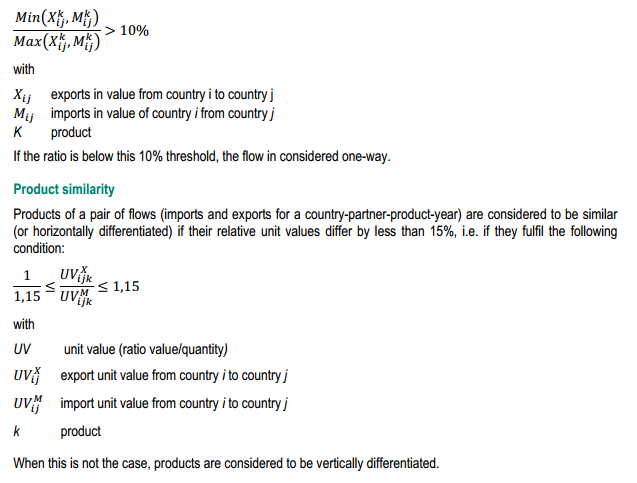Table 9 Breakdown of manufactured trade by type and industry (in % of total of manufactured exports and imports of the industry, 3 years average at the beginning and the end of the last decade)
Source: CEPII, WTFC (World Trade Flows Characterization) database.
Notes:
Individual data are not available for Belgium and Luxembourg for the whole period.
Tables for Belgium or Luxembourg refer to the sum of the two countries.
Products are defined at the 6-digit level of the Harmonized System in BACI database. They are aggregated by industry according to the CHELEM nomenclature.
Types of trade are distinguished according to Fontagné & Freudenberg (1997) methodology.
One-Way Trade: inter-industry trade.
Two-Way Trade in variety: intra-industry trade of horizontally differentiated products (similar characteristics and unit values).
Two-Way Trade in quality: intra-industry trade of vertically differentiated products (similar characteristics but different unit values).
Unventilated Two-Way Trade: intra-industry trade without information on unit values.
Products are defined at the 6-digit level of the Harmonized System (HS) classification in BACI database. Manufactured products (BA to GI and KA to KI) are aggregated by industry according to the CHELEM nomenclature (see Classifications).
Two-way versus one-way trade
Two partners may export and import the same product. For example, French producers may export cotton men's shirts to Spain, while Spanish producers may export the same category of product to France. There is thus a trade overlap. If the overlap is above a given threshold, then the flow is defined as two-way trade, or intra-industry trade.
Trade at a country-partner-product-year level is considered to be two-way or intra-industry when the value of the minority flow (the smallest value between the export and import flows) represents at least 10% of the majority flow:

According to the conditions summarized in the following table, each pair of flows (exports and imports) is associated with one of the four types of trade:
- one-way or inter-industry trade,
- two-way trade in variety or in horizontally differentiated (similar) products,
- two-way trade in vertically differentiated products,
-
unventilated two-way trade (without information on unit values).

Back





